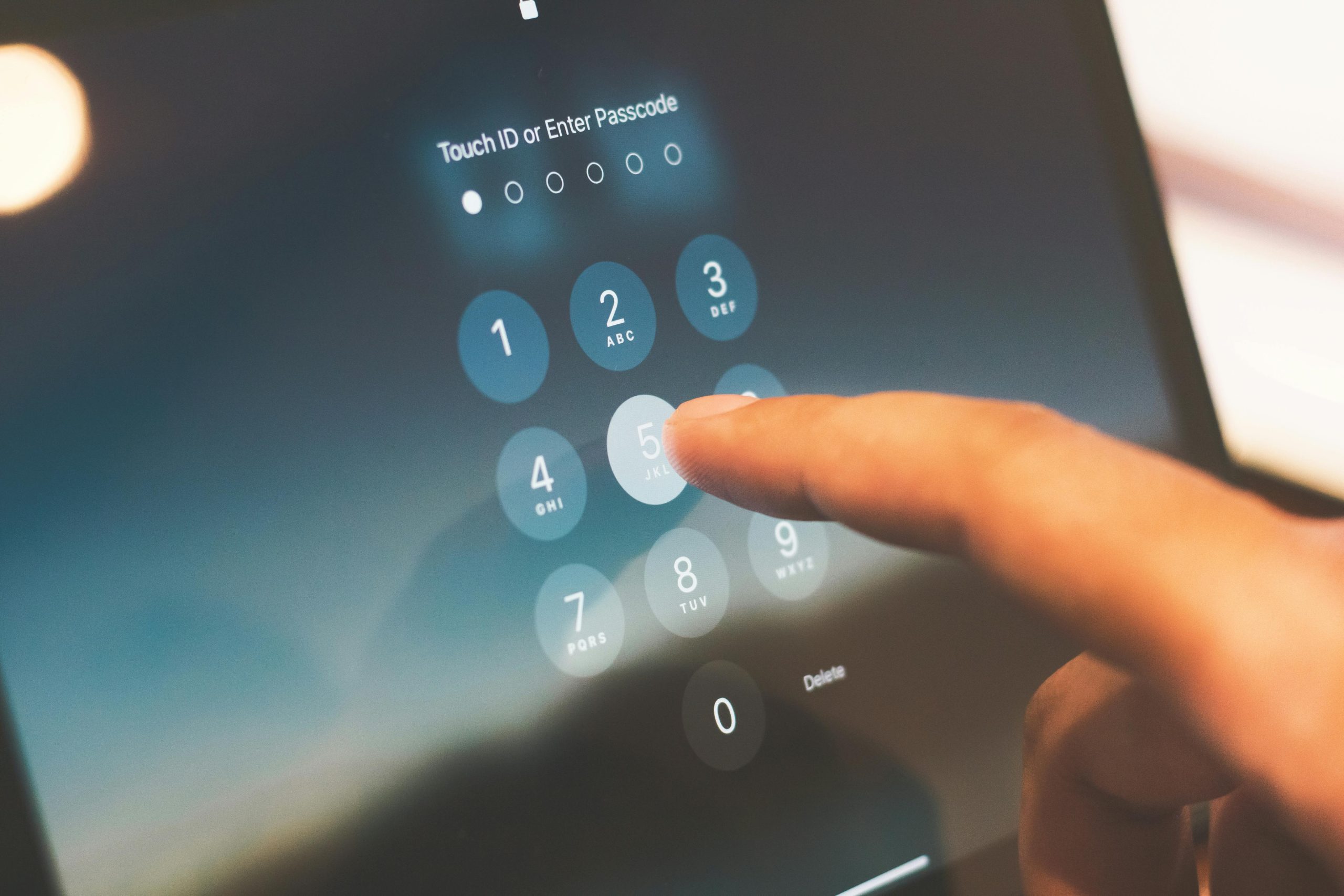Are you still using the same passwords across multiple accounts? If so, you’re not alone, but it’s a risky habit that could lead to dire consequences. As organizations increasingly rely on Microsoft Active Directory for user management, understanding the role of password rotation becomes crucial. In this article, we will investigate whether Keeper supports rotating passwords in AD and discuss why implementing such practices is vital for maintaining a strong security framework. Expect to gain insights into effective password management techniques that can help fortify your defenses against potential threats.
Understanding Password Rotation Concepts
Password rotation is a critical security practice that helps mitigate the risks associated with credential theft and unauthorized access. By regularly changing passwords, organizations can reduce the window of opportunity for attackers who may have gained access to old credentials. However, the effectiveness of password rotation hinges on implementing it thoughtfully; simply changing passwords without addressing underlying security weaknesses can lead to a false sense of security.
Moreover, the concept of password rotation extends beyond just frequency. Organizations must consider the complexity and uniqueness of new passwords to ensure they are not easily guessable or reused across different accounts. Incorporating automated tools, such as Keeper, can streamline this process, generating strong, random passwords and managing them efficiently. This not only alleviates the burden on users but also reinforces a culture of security awareness, where employees understand that robust password management is vital in protecting sensitive data within Microsoft Active Directory environments.

Benefits of Rotating Passwords in AD
Rotating passwords in Active Directory (AD) offers a robust layer of security that goes beyond simple credential management. Regularly updating passwords minimizes the risk of unauthorized access, especially in environments where sensitive data is stored. When passwords are frequently changed, even if one were to be compromised, the window of opportunity for misuse significantly narrows. This proactive approach not only protects user accounts but also fosters a culture of vigilance within organizations, encouraging employees to be more aware of their digital security practices.
Moreover, password rotation can help organizations comply with various regulatory requirements that mandate stringent security measures. By implementing a structured password rotation policy, businesses demonstrate their commitment to safeguarding personal and organizational data, which can enhance their reputation and build trust with clients and partners. Additionally, integrating automated tools to manage these rotations can streamline the process, reducing the burden on IT staff while ensuring that security protocols are consistently followed. Ultimately, password rotation in AD is not just about changing codes; it’s about creating a resilient defense against evolving cybersecurity threats.
How Keeper Integrates with Active Directory
Keeper’s integration with Active Directory (AD) transforms the way organizations manage their credentials, enhancing both security and efficiency. By seamlessly linking Keeper with AD, businesses can automate user provisioning and deprovisioning, ensuring that access to sensitive information is granted or revoked in real-time as personnel change. This not only mitigates the risk of orphaned accounts but also aligns with compliance mandates, making audits simpler and more transparent.
Moreover, Keeper’s integration empowers IT departments to enforce robust password policies across their organizations effortlessly. With features like password rotation, Keeper can automatically update passwords for AD accounts based on predefined schedules, reducing the likelihood of credential theft due to stagnant passwords. This proactive approach to security not only enhances protection against potential breaches but also fosters a culture of cybersecurity awareness among employees. By leveraging Keeper alongside Active Directory, organizations can maintain a dynamic security posture that evolves with their needs, paving the way for a future where password management is both streamlined and secure.

Configuring Password Rotation in Keeper
Configuring password rotation in Keeper for Microsoft Active Directory is a game-changer in enhancing security protocols within organizations. By automating the process of changing passwords at regular intervals, Keeper not only reduces the risk of unauthorized access but also alleviates the burden on IT teams. The integration allows for seamless synchronization between Keeper’s vault and Active Directory, ensuring that users always have access to up-to-date credentials without the hassle of manual updates.
Moreover, Keeper’s user-friendly interface simplifies the configuration process, enabling organizations to set specific rotation schedules tailored to their security policies. This flexibility means that businesses can easily adapt their password management strategy in response to evolving threats or compliance requirements. Additionally, with Keeper’s robust reporting tools, administrators can monitor password rotation activities, providing valuable insights into usage patterns and potential vulnerabilities. Ultimately, this proactive approach to password management fosters a culture of security awareness while empowering users with the tools they need to protect sensitive information effectively.
Best Practices for Managing Rotating Passwords
Managing rotating passwords effectively requires a strategic approach that balances security with usability. One best practice is to implement an automated password rotation policy, which not only streamlines the process but also minimizes human error. By leveraging tools that can automatically generate and change passwords at defined intervals, organizations can enhance their security posture while freeing up IT resources. This automation ensures that passwords are consistently strong, adhering to complexity requirements, and that old passwords are securely retired.
Another essential aspect is establishing a clear communication protocol around password changes. Employees should be informed about when and how password rotations will occur, as well as the importance of these practices in safeguarding sensitive information. Additionally, providing training on the use of password managers can empower users to manage their credentials without compromising security. Encouraging a culture of awareness around password hygiene—such as recognizing phishing attempts or understanding the significance of unique passwords for different accounts—can further bolster an organization’s defenses against cyber threats.

Common Challenges with Password Rotation
One of the most significant challenges with password rotation is the sheer complexity it introduces into an organization’s security framework. Frequent updates can lead to a tangled web of passwords, making it difficult for employees to remember their credentials. This often results in risky behaviors, such as writing passwords down or using easily guessable variations, ultimately undermining the very security measures intended to protect sensitive information.
Moreover, the operational burden of regular password changes cannot be overlooked. IT teams frequently find themselves inundated with support requests from users locked out of their accounts or struggling to manage multiple passwords across various platforms. This not only strains resources but can also create delays in productivity as employees navigate cumbersome reset procedures. In this landscape, organizations must strike a balance between maintaining robust security protocols and ensuring user convenience, which is no easy feat.
Enhancing Security with Keeper
Keeper not only simplifies the management of rotating passwords for Microsoft Active Directory but also enhances overall security through its robust features. By automating password rotations, Keeper minimizes the risk of human error, a common vulnerability that can lead to unauthorized access. This automation allows organizations to maintain compliance with security policies while freeing up IT resources to focus on strategic initiatives rather than mundane password updates.
Additionally, Keeper’s zero-knowledge architecture ensures that sensitive information remains encrypted and inaccessible to anyone except the user. This level of security is particularly crucial for businesses handling sensitive data or operating in regulated industries. With real-time breach alerts and advanced reporting capabilities, Keeper empowers organizations to proactively address potential threats, fostering a culture of vigilance and accountability. Ultimately, adopting Keeper is not just about managing passwords; it’s about fortifying your organization’s digital defense in an increasingly complex cyber landscape.
